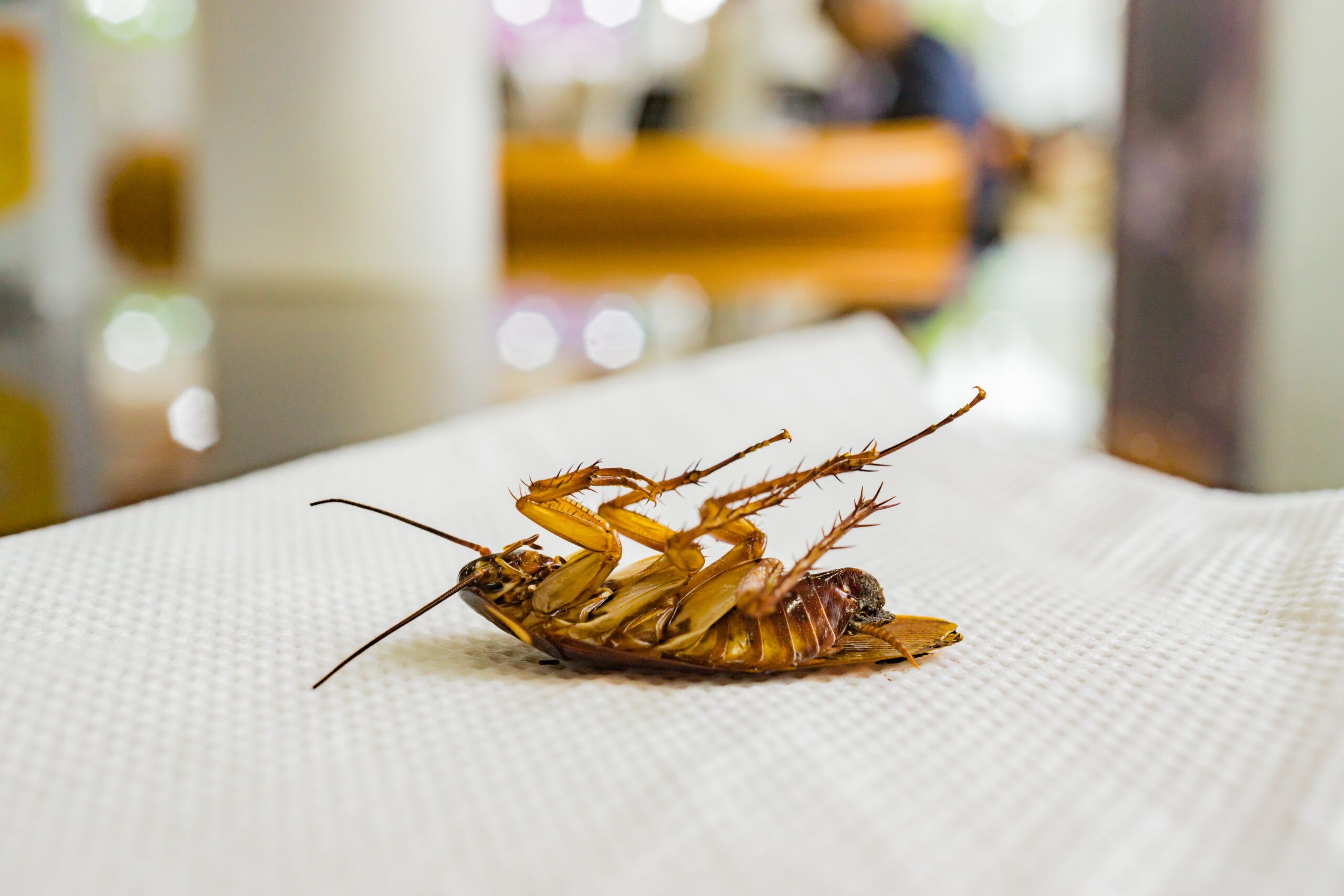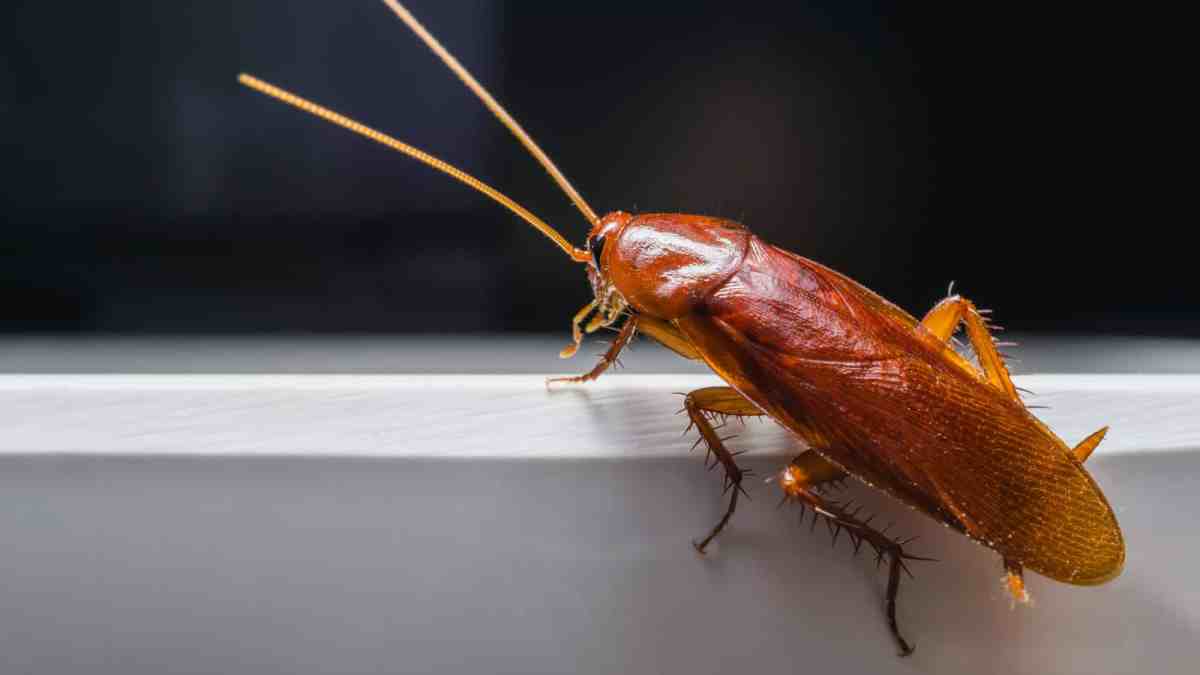Exploring Various Pest Control Methods to Achieve Long-Term Success in Taking Care Of and Protecting Against Problems in House
Effective insect control in residential locations necessitates a diverse approach that balances immediate outcomes with long-term sustainability. What might these improvements entail, and exactly how can they change our understanding of bug control?
Understanding Bug Control Methods
Although bugs have actually existed along with human beings for centuries, the techniques used to control them have advanced dramatically with time. Understanding these techniques is crucial for successfully handling and protecting against infestations in domestic areas. Pest control strategies can be broadly classified into three primary techniques: social, mechanical, and chemical.
Cultural techniques concentrate on altering the setting to minimize parasite tourist attraction and reproduction. This consists of correct cleanliness, crop rotation, and habitat modification, which can substantially lower pest populations. Mechanical control involves physical obstacles and catches to handle insects directly, such as displays, vacuums, and sticky traps. This technique is often favored for its non-toxic nature and prompt outcomes.
Chemical control stays one of the most widely made use of methods, involving the application of chemicals to eliminate bugs. Integrated Parasite Monitoring (IPM) integrates these methods to produce an all natural method, advertising lasting parasite prevention and marginal damage to beneficial microorganisms.
Eco-Friendly Bug Control Solutions
How can home owners successfully manage insect issues while minimizing their environmental influence? Environmentally friendly insect control remedies provide a lasting choice to typical methods, prioritizing the wellness of both residents and the surrounding ecological community. These remedies frequently make use of all-natural ingredients and techniques that interfere with parasite behavior without presenting hazardous chemicals into the atmosphere.
One reliable approach is using helpful pests, such as ladybugs and lacewings, which take advantage of typical bugs like aphids and termites. Additionally, diatomaceous earth, a natural powder made from fossilized algae, can be sprinkled in areas where insects are common, functioning as a desiccant that harms insects while staying risk-free for people and family pets.
Additionally, executing safety nets is vital. roach control near me. Home owners can make certain proper hygiene by sealing entrance points, maintaining clean home, and handling waste successfully. Planting pest-repellent herbs, such as mint and basil, can also deter undesirable visitors
Eventually, environment-friendly pest control solutions empower property owners to address infestations responsibly, cultivating a more secure living atmosphere while advertising ecological equilibrium. By accepting these methods, people can add to a much healthier world while properly managing pest-related concerns.
Chemical Bug Control Options
While environmentally friendly options are significantly preferred, there are circumstances where chemical insect control alternatives might be required for reliable administration of recommended you read extreme invasions. Chemical controls, including pesticides, fungicides, and herbicides, are typically utilized to quickly reduce bug populations and reduce damages to homes and gardens.
These items can be identified right into 2 main groups: synthetic chemicals and all-natural chemicals. Synthetic chemicals, such as pyrethroids and neonicotinoids, are engineered to target certain parasites, supplying fast knockdown results. Alternatively, all-natural pesticides, derived from plant or mineral sources, might use an extra environmentally pleasant choice while still providing effective outcomes.
Prior to using chemical bug control, it is critical to conduct a complete analysis of the problem and recognize the particular parasite included. This makes certain that the picked chemical is both reliable and proper. In addition, house owners should stick to security guidelines, consisting of proper application techniques and personal protective tools, to decrease health risks and ecological influence.
Integrated Insect Monitoring Methods

Organic control entails using natural predators or parasites to handle insect populations. Presenting ladybugs can help control aphid infestations. Cultural techniques, such as crop turning, cleanliness, and habitat alteration, purpose to make settings less helpful to pest survival and recreation. Physical controls, like catches or barriers, can stop insects from entering homes or harmful plants.
Tracking and analysis are crucial parts go to my blog of IPM, permitting timely treatments based on pest populace limits. By prioritizing preventative steps and making use of a combination of techniques, IPM not just addresses existing invasions but also promotes lasting pest management options that shield both human health and the atmosphere. This comprehensive method is important for lasting bug control in houses.
Emerging Technologies in Insect Control
The arrival of emerging technologies in parasite control is revolutionizing the method we take care of pest populations, offering innovative solutions that boost efficiency and efficiency. Developments in accuracy agriculture, for instance, use data analytics and sensor technologies to keep track of insect activity and ecological conditions, enabling targeted treatments that decrease chemical usage.
Furthermore, drones furnished with imaging technology are being utilized to check huge areas for problems, offering real-time information that help in timely decision-making. Moreover, biotechnology is playing an essential function, with the advancement of genetically customized microorganisms (GMOs) designed to reduce insect populaces while maintaining valuable species.

Last but not least, smart traps and keeping an eye on devices geared up with IoT capabilities allow house owners and bug control professionals to receive instant signals concerning insect activity, helping with timely action. Jointly, these arising technologies not only enhance bug administration results however additionally add to ecological sustainability by decreasing reliance on traditional chemical treatments.

Final Thought
To conclude, efficient pest control demands a multifaceted technique that incorporates cultural, mechanical, and chemical techniques. Stressing environment-friendly solutions and Integrated Insect Monitoring can bring about lasting practices that not only reduce infestations however also enhance the environmental balance within suburbs. By welcoming innovative innovations and taking on safety nets, home owners can foster healthier atmospheres while decreasing dependence on damaging chemicals. The combination of these approaches is crucial for achieving long-term success in bug administration.